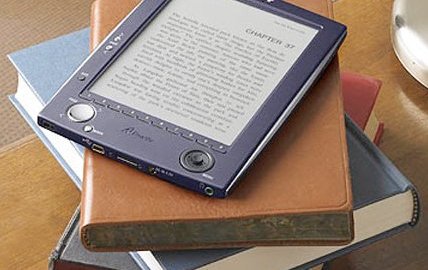E-Readers: Future or Fantasy?

Technology and media bloggers have been quick to declare the death of print, both in newspaper and book format. The bold new future will come to us through e-readers like Amazon’s Kindle, they say. Do the promoters of these devices really know what the public wants or are they happy to cash in on our materialistic cravings?
Today I take a look at the demand-side of e-readers.
paid Content:UK, which covers digital media from across the pond, is skeptical that e-readers can deliver greater value than books. While Sony and Barnes & Noble are already getting into the e-reader market, Apple and Microsoft’s reported hesitancy has to do with the devices’ limited functionality. Who wants to pay hundreds of dollars for an e-reader when it can only do one thing, I hear you say? My computer does at least five things!
The Go-Go Gadget iPhone already has apps for e-reading, bringing its functions up to around a zillion. But is the iPhone, and computer for that matter, already too much of a good thing? The New York Times collected some qualified opinions on e-readers and a constant worry was distraction. If every book I read could take photos, check my email and browse the internet, I’d never finish!
Besides e-readers’ shortcomings (remember the first generation iPod?), book suppliers are upping the value of the old ink-and-paper medium. Wal-Mart will sell bestselling books, which are the hottest items on e-readers too, for $10 on its website. This isn’t very good news for publishers, however. As the public gets used to cheapo books, they will be asked for lower wholesale prices.
Amazon, too, isn’t betting it all on the Kindle. In select cities, on select items (didn’t you read the fine print?), it will offer same-day delivery. No more regrets for the impulsive book buyer who has lost interest by the time the book arrives.




